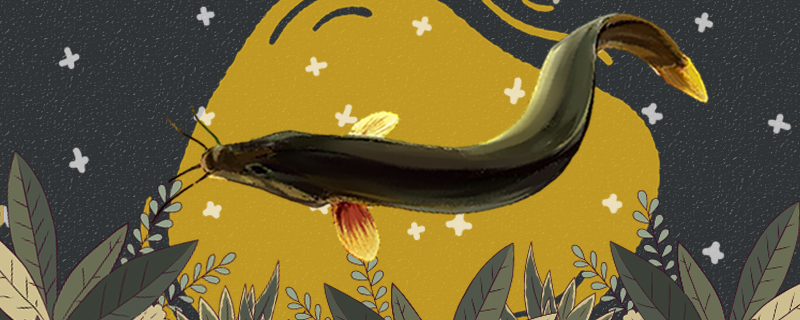
is a concept opposite to hermaphrodite, which means that in the same organism, it has the characteristics of both female and male, and the shape of both female and male is very obvious. This hermaphrodite phenomenon exists in animals, which means that an animal has both female and male glands. Generally speaking, hermaphrodite animals are relatively inferior, and there are few such hermaphrodite phenomena in higher animals.
Loaches are not hermaphrodites. From the classification point of view, loach belongs to Chordata, Osteichthyes, vertebrates, but also fish, is a relatively advanced animal, they are hermaphrodite, not hermaphrodite. The boundaries between females and males are relatively clear. During reproduction, females produce eggs, males produce sperm, and the two reproductive cells combine to form fertilized eggs, which can hatch young loaches.
loach has been introduced above. Loach is a hermaphroditic animal, and the boundary between female and male is relatively clear. Specifically, the breeding time of loach is usually from April to August every year, when the water temperature is more suitable for breeding. During this stage, the male loach will chase the female loach, prompting them to release eggs into the water, while they themselves will release sperm into the water. The egg and sperm in the water will combine to form a fertilized egg, which completes in vitro fertilization. These fertilized eggs will continue to drift with the current, and some will adhere to the aquatic plants. When the outside temperature is suitable, they will hatch slowly. About 20 degrees is more suitable for hatching.